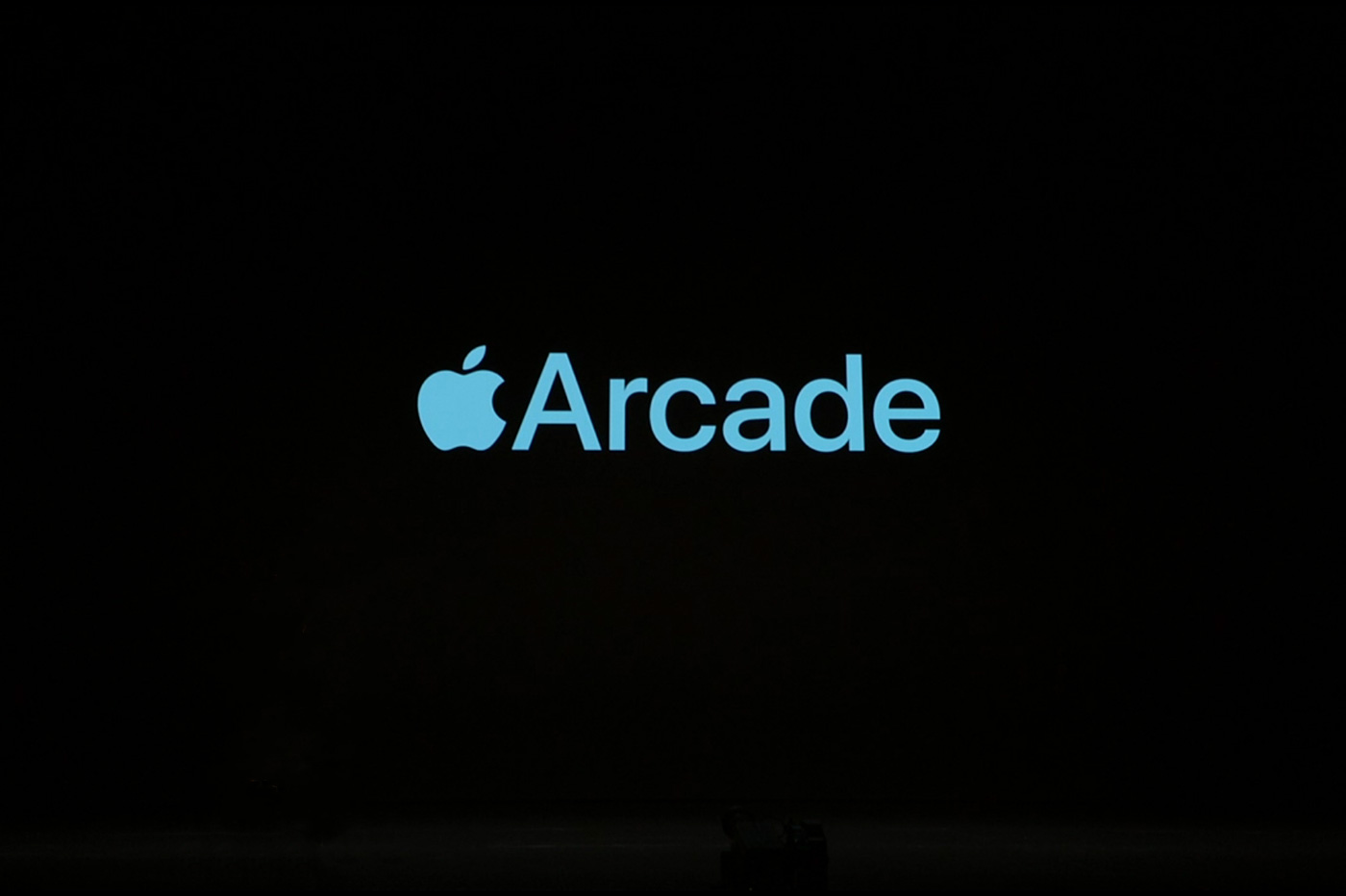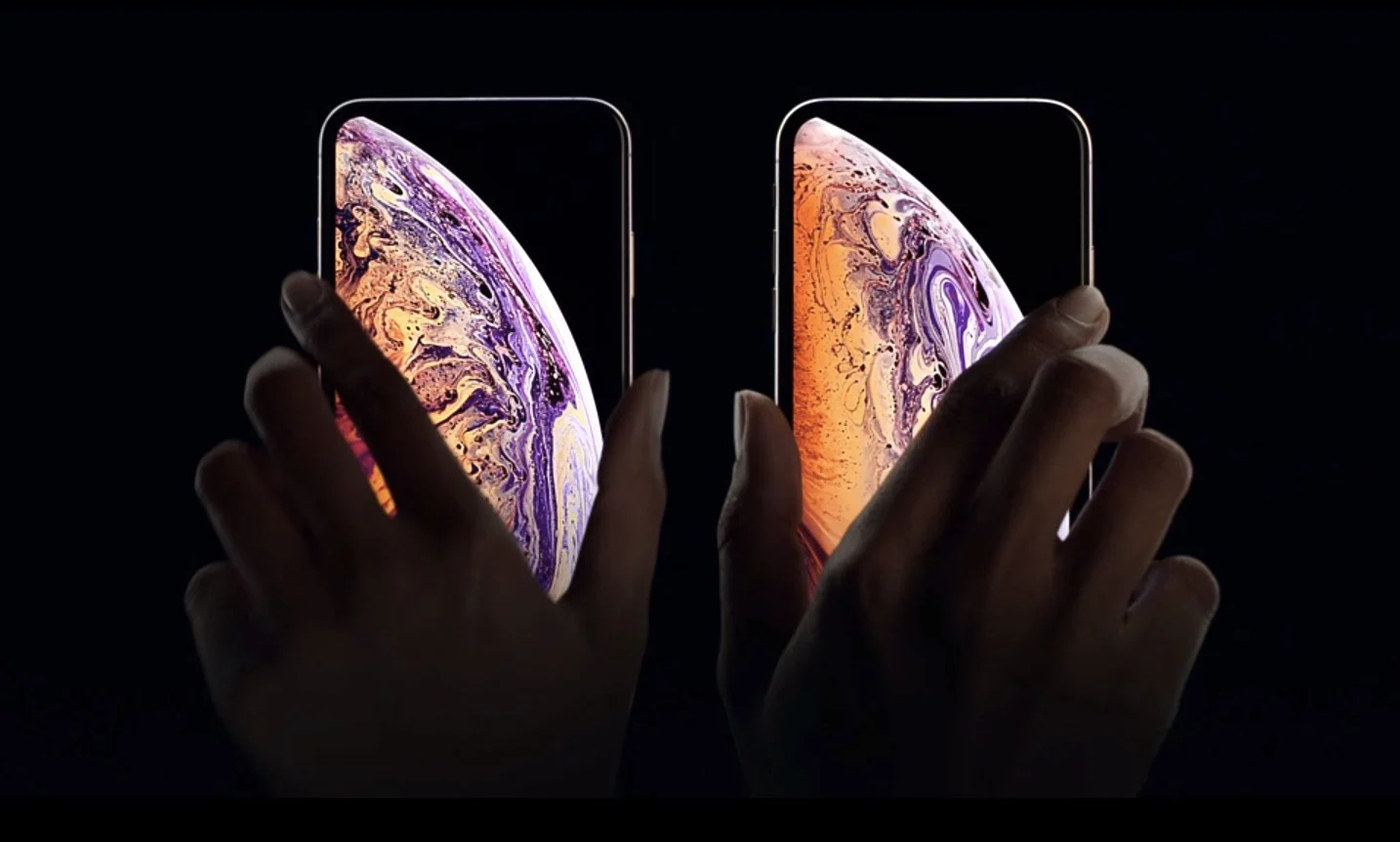The iFixit platform has just published its in-depth analysis oflatest iPad mini, seventh of the name. If the tablet does benefit from some notable improvements,the mystery persists around its famous effect “jelly scrolling», this display defect which had caused a lot of ink to flowwhen the previous generation was launched.
An improvement without technical explanation
The «jelly scrolling", this screen tearing effect where one half of the display scrolls faster than the other, seems to have been attenuated, if we are to believe Federico Viticci ofMacStories. According to the journalist, Apple has introduced a new component that manages the screen display; component which was then improvedto synchronize the two halves of the screen more effectively.
The images shot using iFixit high-speed cameras confirm a drastic reduction in this annoying phenomenon,without completely eliminating it.
This progress remains unexplained since Apple retains a 60 Hz IPS panel and above all…the same display controller. Which would therefore contradict Federico Viticci's theory. Only one curiosity was noted during the disassembly: the Apple logo on the back of the device is now removable, a first for the brand.
In terms of repairability,iPad mini 7 gets a provisional rating of 3/10, penalized by far too complex access to the internal components requiring the removal of the screen, a fairly risky maneuver. This, despite a relatively easy-to-replace battery and USB-C port. Another negative point: the absence of spare parts and official repair manuals further complicates disassembly.
Almost identical insides, despite technical developments
Speaking of the teardown, this one revealeda virtually unchanged internal architecturecompared toiPad mini 6. Contrary to rumors which mentioned a rotation of the display controller to solve the problem of “jelly scrolling", Apple has not made any major physical changes.
The mini tabletnevertheless benefits from very appreciable technical developments: an A17 Pro chip, 8 GB of RAM (the minimum to supportApple Intelligence), basic storage doubled to 128 GB, Wi-Fi 6E and a USB-C port capable of transfers up to 10 Gb/s. Its compatibility with the Apple Pencil Pro, in addition to the standard model, is also a development that we will not be able to ignore.
If Apple has managed to slightly mitigate this defect which tarnished the reputation of the iPad mini,the maintenance of a closed and barely repairable architecture questions. In a context where the durability of devices becomes more and more important from an environmental point of view, the brand seems to persistin an approach that forces renewal rather than repair.
- iPad mini 7 reduces the effect of “jelly scrolling”, but without a clear technical explanation from Apple.
- The tablet remains barely repairable with an almost unchanged internal architecture, obtaining a score of 3/10 in repairability.
- Despite technical developments such as the A17 Pro chip and Wi-Fi 6E, the tablet remains difficult to repair.






